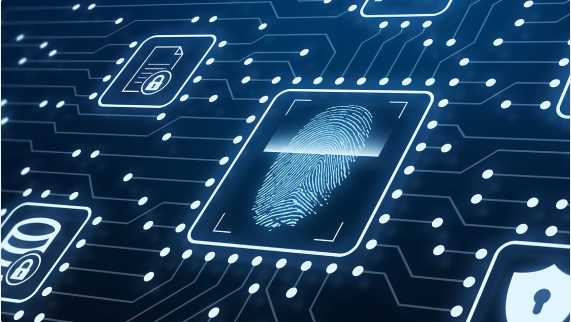Identity Defined Security Framework
The Identity Defined Security Framework provides organizations practical guidance for implementing an identity-centric approach to security. It is comprised of Best Practices and Security Outcomes and Approaches, which can be used together or independently, providing recommendations for people and process strategies, as well as integrating identity and security technologies to reduce the risk of a breach. While some organizations may focus on incrementally implementing specific security outcomes, additional guidance has been developed for applying outcomes to broader business initiative such as Zero Trust or securing a remote workforce.
The framework was collaboratively developed by leading vendors, solution providers and practitioners. Read more about an identity-centric approach to security or get started with applying the Identity Defined Security Framework.

Best Practices
Recommendations for establishing a solid foundation and improving the effectiveness of the IDSA Security Outcomes as organizations begin the journey to identity-centric security.
Security Outcomes and Approaches
Improve security posture through identity-centric security, implemented using well-defined patterns combining identity and security capabilities.
Zero Trust
The Identity Defined Security Framework provides the building blocks that can be applied to larger business initiatives, such as an identity-centric approach to Zero Trust.
Remote Workforce
The Identity Defined Security Framework provides the building blocks that can be applied to larger business initiatives, such as securing a remote workforce.

